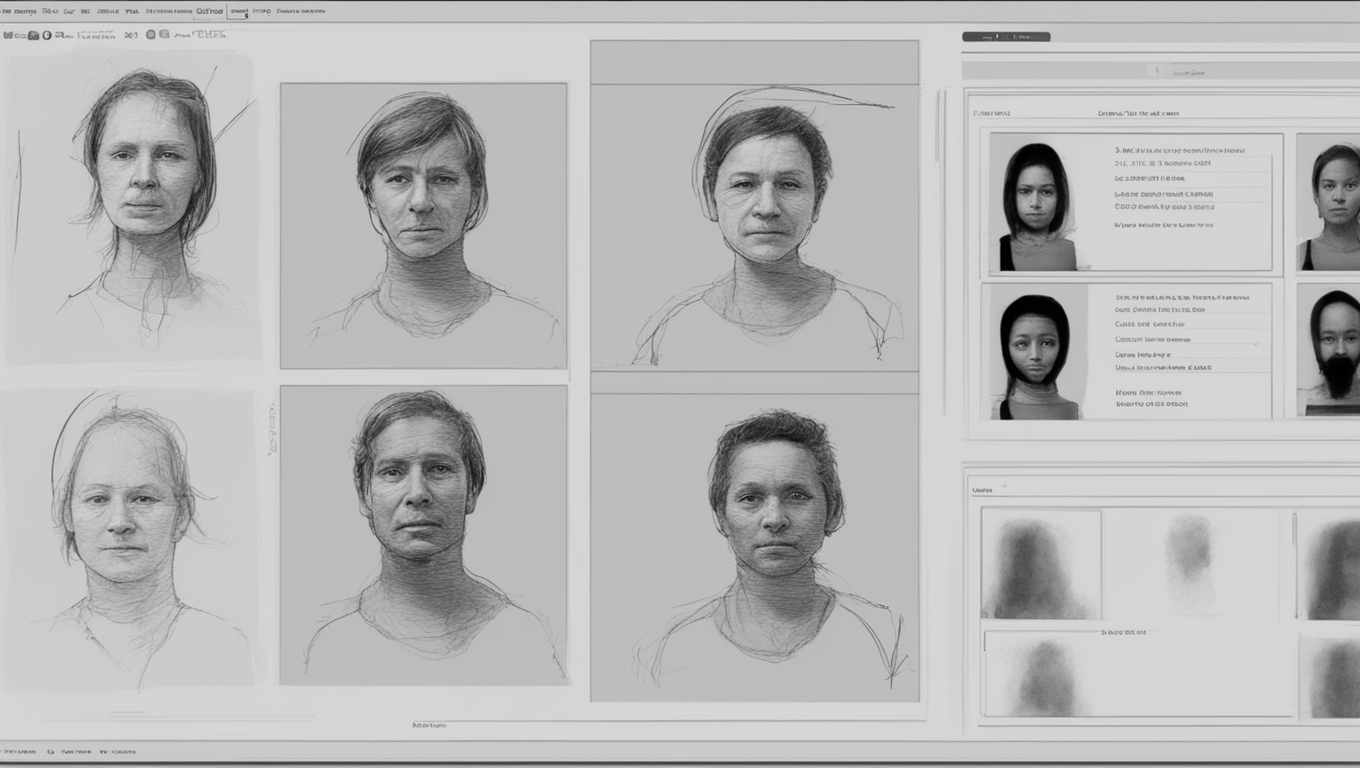Israeli civilians are stepping up to the challenge of identifying victims of conflict through the use of artificial intelligence (AI). This grassroots effort is bringing together people from all walks of life, including experts and researchers in cutting-edge technologies, to help fill the gap between what the government can do and what civilians are able to accomplish.
One such organization is a group that initially opposed judiciary reform in Israel. However, when the war broke out, they made the decision to shift their focus to aiding in the identification of missing individuals. With 400 people working around the clock in shifts, they are tirelessly analyzing open information from various sources, including social media platforms like Facebook and the internet, to determine the fate of those who are missing.
Their work has already yielded some tragic but crucial information for families. By utilizing techniques of sound analysis and AI, they were able to identify the specific fabric of a kidnapped individual’s underwear in a video. This then led them to another video where the person’s face was not visible, suggesting captivity and a potential grim outcome.
In another case, a father shared a video of his child and three other children with a soldier protecting them. The father feared that they had been captured, as when he returned to the scene, there were only traces of blood. However, a woman reached out to the organization just minutes later and provided a video that showed the children had been brutally killed. While devastating, this information is vital for families to have closure and to know the fate of their loved ones.
The individuals involved in this effort emphasize that they are not part of the armed forces but rather civilians using the power of technology to assist in these difficult and challenging situations. They collaborate closely with government agencies to maximize their impact and are driven by their desire to help find missing individuals and bring closure to their families.
Their dedication is evident as people continue to join the effort day after day, working tirelessly to locate more missing individuals. The experience has also been transformative for those involved. One member, who had previously served in a tech role in the army, reflects on how working together with others in this grassroots movement has taught them important lessons in fighting for a cause.
What these Israeli civilians are doing is remarkable. They are harnessing the power of AI and their expertise in technology to bridge the gap between what the government can do and what the families of missing individuals need. Their efforts bring hope and closure to those who are desperately seeking answers, and highlight the potential for technology to play a transformative role in humanitarian efforts. As the world becomes increasingly connected, initiatives like these demonstrate how AI can be used for positive change.





Use the share button below if you liked it.